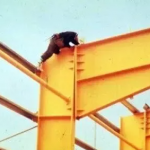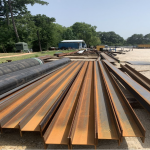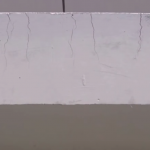A beam pocket provides a recessed space that holds the end of an intersecting beam in a wall or column. Beam pockets are crucial in the design and construction of many different structures. In this article, you will learn more about a beam pocket, view a beam pocket detail, and construction consideration.
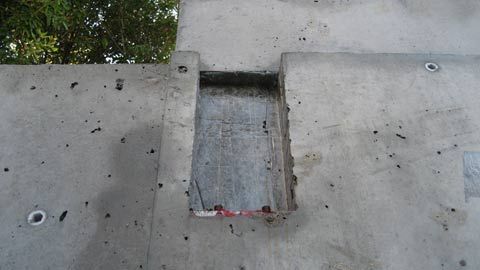
Most framed homes have a complete basement or a crawl space as their foundation. To create a level area between the foundation walls to support the floor joist system, a beam pocket is necessary.
A beam pocket is a lower space designed to hold the end of an intersecting beam in a concrete wall. The beam pocket is the area near the top of the foundation wall, where steel support are placed during construction.
Construction
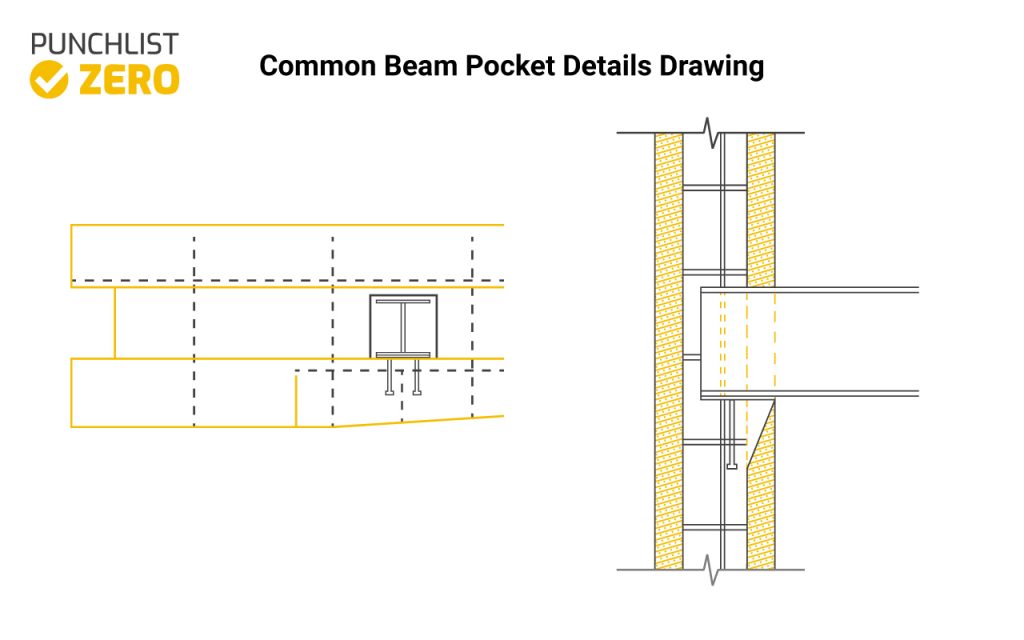
In construction, the user must confirm that the planning and design of a beam pocket comply with local building codes and construction practices by consulting local building officials. This includes many additional requirements, and this article should only be of use as a reference tool.
How to build this? First, drill a hole where the beam will rest, then create a block out of timber to serve as a place-holder and insert it into the hole. The wet concrete behind and below the block will form a square pocket. Then, remove the block once you pour the concrete around it, leaving a bag where the beam will fit. Unfortunately, this is the area to see a leak.
One method of preventing leaks is to inject resin into the spaces between the beams and at the cold joints where leaks previously existed between the concrete wall and the corrugated metal.
Also, it was advisable to add downspouts and repair broken gutters to help channel flow away from the building in some spots where water pooled.
Beam Pocket Depth
The depth of the beam pocket should meet the minimum bearing length required for the beam. Generally, it should be at least 3 inches into the concrete.
In most cases, beam designs intend to carry vertical loads only. For that reason, most building officials and engineers are not very critical of the connection design of shaft to column connections.
While in residential construction, it is infrequent to see heavily reinforced column connections, should designers decide to secure the column or beam to the wall, drilling and epoxying bolts to the concrete allow conformity of the shaft to the wall.
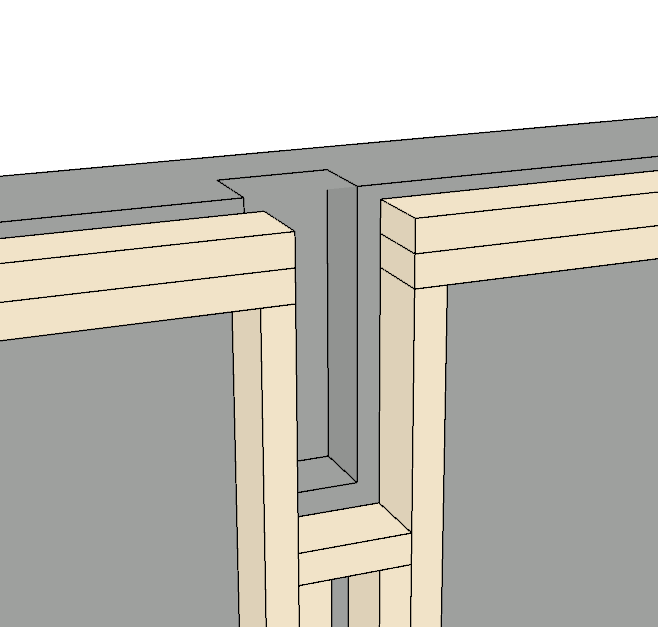
According to many structural details, a key or a beam pocket (void) should install into the wall to accept and support the beam. When phasing, the walls should come first, followed by the beams that support the deck. The shaft must penetrate through the wall (at least by 1/2″) to create a proper connection, and the two must be in “join geometry” for the pocket to form correctly. The foundation wall with a beam pocket makes the wall weak and should be avoided in construction and design. Another structural consideration for exterior beam pockets are their subjection to water leakage.
But the question is, how much beam do you need for total support? First, add a half-inch after measuring the depth of your shaft. For instance, the support ledger should position 7 1/2 inches below the type studs if the beam is 7 inches deep. This will make it possible to set the beam.
Is a Beam Pocket a Fixed Connection?
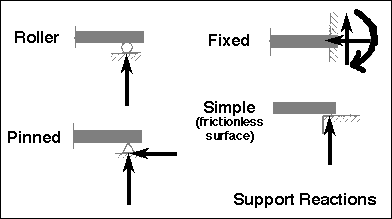
Many beam pockets form a pin connection and function like a lapped joint. It transfers bending or moment (rotational) stresses but cannot withstand vertical or horizontal shear pressures. The size of the bolt and the thickness of the plate will depend on the amount of load that has to be transferred through the joint.
While in a fixed connection, the member is restrained in all rotations and translations (i.e., it cannot move or rotate in any direction). A pole or column made of concrete would be the simplest type of fixed support. The bar is constrained in all its movements at this link and cannot be rotated, twisted, or moved.
